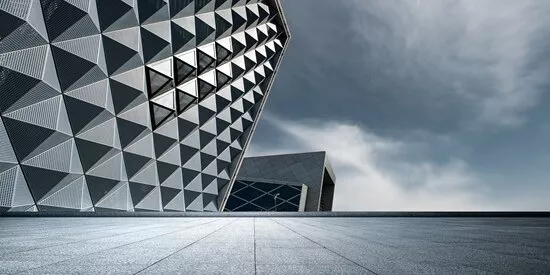
Steel production: replacing coal with green hydrogen
H2 Green Steel, the first large-scale project in the green steel sector, recently announced completion of a financing package of more than EUR 6bn.
The European steel industry is in the midst of a fundamental transition towards more sustainable production methods as companies align with their customers’ goals (including science-based targets) and incoming regulations to reduce greenhouse gas emissions, namely the European Union’s Fit-for-55 package.
H2 Green Steel, the first large-scale project in the green steel sector, recently announced completion of a financing package of more than EUR 6bn. Comprising debt facilities of more than EUR 4bn and an equity raise of more than EUR 2bn, the financing will be used to develop the world’s largest hydrogen-based steel plant in Boden in the North of Sweden. The project includes the world’s first large-scale green integrated steel plant, DRI tower and mini mill, as well as Europe’s first giga-scale electrolyzer.
The rationale behind this transaction lies in the ambitious goal of producing steel with a minimal carbon footprint. The project is anchored in the use of green hydrogen as a clean energy source, replacing traditional carbon-intensive methods in steel production. This is considered imperative as the steel industry is responsible for about 7% of global CO2 emissions worldwide.
Reducing the production carbon footprint
The project in its first phase will produce 2.5 million tonnes of green steel with first production expected in 2026. By replacing coal with green hydrogen powered by fossil-free electricity, the project will abate 95% of the carbon emissions compared to the traditional blast-furnace steelmaking process. Phase 2 of the Project will produce 5 million tonnes per annum and abate 0.3 billion tonnes of CO2 by 2040.
This initiative is not only a strategic move towards environmental sustainability but also a response to the growing demand for responsibly sourced and produced steel, with several agreements already achieved by H2 Green Steel in a variety of sectors. As markets and consumers increasingly prioritize eco-friendly products, the H2 Green Steel project aligns itself with a future where sustainable practices are integral to industrial processes.
Societe Generale acted as Lead Advisor on the Senior and Junior debt facilities, Senior Mandated Lead Arranger (SMLA) and Lender, adding a material credential to its financing platform dedicated to supporting the decarbonisation of heavy industries, in line with the Bank’s Net Zero commitments in the steel sector.
The H2 Green Steel financing offers key takeaways for the broader industry in how a robust offtake structure and industrial partnerships can offer significant access to both equity and debt markets. It showcases the viability of innovative green financing models in traditionally carbon-intensive sectors.
The successful execution of this transaction underscores the financial industry's capacity to navigate traditional financing challenges while embracing industrial decarbonisation objectives in traditionally hard-to-abate sectors.
We have gone through this process working side-by-side with the many different stakeholders involved in our journey. We have worked as one team, broken new ground and found innovative solutions in structures and ways of working that are normally rigid, in order to realize this milestone for one of the biggest decarbonization ventures globally. We hope that the financing strategy we have built together with our financial advisor Societe Generale will inspire other climate impact initiatives and speed up change.
Working closely with the exceptional H2 Green Steel team since the inception of this project in 2021, we are extremely proud to have supported the venture in this precedent setting financing. This transaction illustrates very well how industrial innovation can be financed to enable transition. A huge milestone for the European low carbon steel industry!




